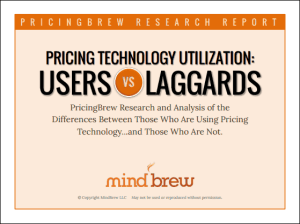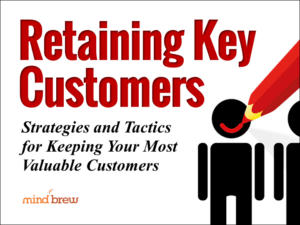A lot of weight-loss experts will tell you that if you want to lose weight, the first thing you should do is write down everything you eat.
Why? Because monitoring our food intake makes us feel accountable. And most of us will start modifying what we eat so that we don’t have to write down that we ate an entire carton of ice cream in one sitting.
This principle, sometimes called the “measurement effect” or the “mere measurement effect” has actually been studied by psychologists. They found that when they asked people if they intended to buy a car or a PC, the people became more likely to buy those items.
Something similar applies to physics, where scientists have discovered that the act of measuring some phenomena can actually change the results.
So what does this all have to do with pricing?
Consider what would happen if you told the sales team that you were going to be tracking their discounting practices. There’s a pretty good chance that some of the reps would change their behavior. In fact, in one instance a B2B firm found that simply announcing that they were creating a dedicated pricing team had a very positive effect on pricing.
You don’t even have to initiate a formal measurement plan in order to make the measurement effect work for you. Wise pricing practitioners know that simply asking the right questions can have a big effect, in much the same way that asking questions can influence purchasing behavior.
For example, you could ask the sales reps how a new pricing plan is impacting their sales. You could ask the sales manager whether the sales team has modified their discounting practices. You can ask marketing if the new pricing strategy will impact the advertising materials in any way. You can ask the product management team how early they consider pricing when developing a new product. The list goes on and on.
The point isn’t to come up with some “gotchas” that make the other teams look bad—the point is to get the rest of the company thinking a little more seriously about pricing. And because pricing teams often have little direct control over these other areas of the company, they often need to rely on indirect methods—like asking questions—to influence behavior.
Of course, measurement and questions won’t do all the work for you. If you want to lose weight, simply writing down what you eat won’t do any good unless you pair it with some diet and exercise changes. But this process of measurement—whether it’s formal or informal—just might be the kick in the pants your company needs to get its pricing into better shape.














